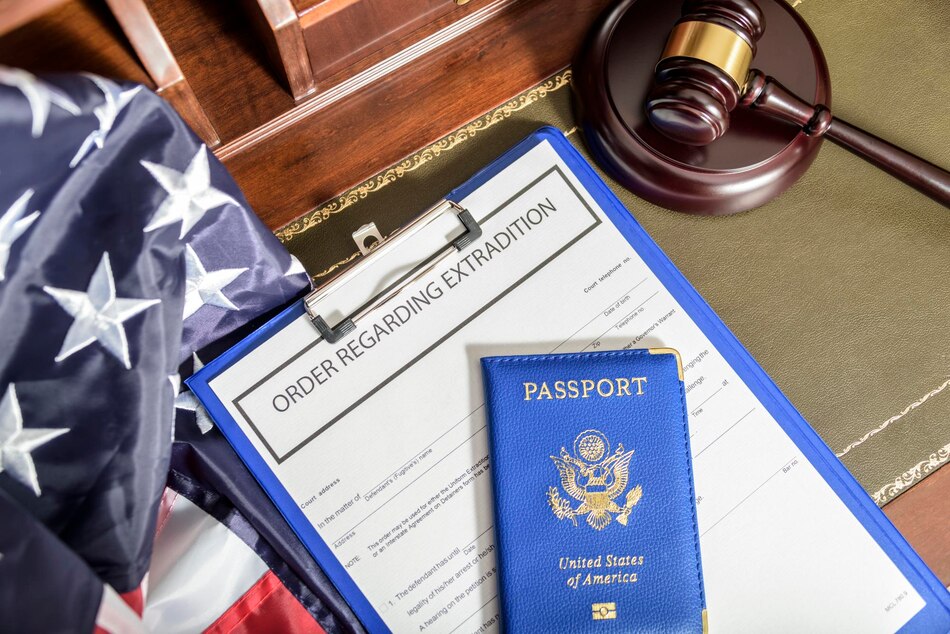Introduction
Texas, known for its vast landscapes, rich cultural diversity, and economic prowess, is a primary destination for immigrants seeking new opportunities in the United States. Among the various immigrant communities shaping the Texan mosaic, How many Mexican immigrants live in Texas Mexican immigrants have played a significant role. In this blog, we will explore the demographics, contributions, and challenges faced by the substantial Mexican immigrant population in the Lone Star State.
The Demographic Landscape (How many Mexican immigrants live in Texas)

As of the most recent data, Texas is home to one of the largest Mexican immigrant populations in the United States. The proximity to the U.S.-Mexico border and historical ties between the two regions have contributed to the substantial presence of Mexican immigrants in the state.
- Population Size: According to estimates, Texas is home to over 10 million immigrants, with Mexicans constituting a significant portion of this population. The numbers underscore the profound influence and integration of the Mexican community within the state.
- Geographic Distribution: While Mexican immigrants can be found throughout Texas, certain regions, such as the Rio Grande Valley and major urban centers like Houston, Dallas, and San Antonio, have particularly vibrant Mexican communities. The geographic distribution is reflective of both economic opportunities and historical settlement patterns.
Economic Contributions

The Mexican immigrant community in Texas is integral to the state’s economy, contributing in various sectors and playing a crucial role in shaping its workforce dynamics.
- Labor Force Participation: Mexican immigrants in Texas are actively involved in the labor force, contributing to industries such as agriculture, construction, healthcare, and hospitality. Their work helps drive economic growth and sustains key sectors of the Texan economy.
- Entrepreneurship: Many Mexican immigrants in Texas have demonstrated entrepreneurial spirit by establishing businesses, from small enterprises to larger ventures. These businesses contribute not only to the economic landscape but also add to the cultural vibrancy of local communities.
- Cultural Impact: Beyond economic contributions, Mexican immigrants enrich Texas culturally, bringing traditions, cuisine, and art that have become integral parts of the Texan identity. Festivals, celebrations, and community events showcase the diversity that Mexican immigrants bring to the state.
Challenges Faced by the Mexican Immigrant Community
Despite the positive contributions of the Mexican immigrant population in Texas, there are challenges that individuals and families within this community often encounter.
- Legal Status Concerns: Many Mexican immigrants in Texas face challenges related to their legal status. Navigating the complex immigration system and addressing issues such as deportation fears can create a sense of uncertainty within the community.
- Access to Education: Limited access to quality education, particularly for undocumented children, can be a barrier for the younger generation of Mexican immigrants. Efforts to address educational inequalities are crucial for the community’s long-term success.
- Healthcare Disparities: Access to healthcare is another challenge faced by Mexican immigrants in Texas. Economic disparities and issues related to health insurance coverage can impact the community’s overall well-being.
Community Support and Initiatives
Recognizing the importance of supporting the Mexican immigrant community, various organizations and initiatives have emerged in Texas to address their unique needs.
- Legal Aid Organizations: Nonprofit organizations and legal aid clinics in Texas work to provide support and guidance to Mexican immigrants dealing with immigration issues. These services are crucial in ensuring that individuals have access to legal resources and representation.
- Educational Programs: Initiatives focused on educational opportunities for Mexican immigrants, including language classes, scholarship programs, and community outreach, aim to bridge gaps and empower individuals to pursue academic success.
- Healthcare Outreach: Healthcare organizations and community clinics collaborate to improve healthcare access for Mexican immigrants. Initiatives may include mobile clinics, culturally sensitive healthcare services, and outreach programs to inform the community about available resources.
Conclusion
The presence of Mexican immigrants in Texas is not merely a demographic statistic; it is a dynamic and integral aspect of the state’s identity and success. The contributions of the Mexican immigrant community, from economic vitality to cultural richness, shape the diverse tapestry that is Texas.
While challenges persist, efforts to address legal, educational, and healthcare disparities are underway. Collaborative initiatives and community support demonstrate a commitment to fostering an inclusive environment where Mexican immigrants can thrive and continue to contribute to the unique Texan story.
As Texas continues to evolve, the resilience, aspirations, and achievements of the Mexican immigrant population remain fundamental to the state’s growth and prosperity. Recognizing and appreciating this community’s multifaceted impact is essential for building a more inclusive and harmonious future for the Lone Star State.
FAQ: Mexican Immigrants in Texas
Q1: How large is the Mexican immigrant population in Texas?
A1: As of the latest estimates, Texas is home to over 10 million immigrants, and Mexicans constitute a significant portion of this population. How many Mexican immigrants live in Texas The exact numbers may vary, but their presence is substantial, influencing the demographic and cultural landscape of the state.
Q2: In which areas of Texas are Mexican immigrants most concentrated?
A2: Mexican immigrants can be found throughout Texas, but certain regions, including the Rio Grande Valley and major urban centers like Houston, How many Mexican immigrants live in Texas Dallas, and San Antonio, have particularly vibrant Mexican communities. Economic opportunities and historical settlement patterns contribute to the geographic distribution.
Q3: What industries do Mexican immigrants typically work in within Texas?
A3: Mexican immigrants in Texas are actively involved in various industries, including agriculture, construction, healthcare, and hospitality. How many Mexican immigrants live in Texas Their labor contributes significantly to the state’s economic growth and sustains key sectors.
Q4: What challenges do Mexican immigrants in Texas face regarding legal status?
A4: Legal status concerns are common among Mexican immigrants in Texas. How many Mexican immigrants live in Texas Navigating the complex immigration system and addressing issues such as deportation fears can create a sense of uncertainty within the community.
Q5: How can Mexican immigrants in Texas access legal support for immigration issues?
A5: There are nonprofit organizations and legal aid clinics in Texas that provide support and guidance to Mexican immigrants dealing with immigration issues. How many Mexican immigrants live in Texas These organizations offer resources and representation to help individuals navigate the legal complexities.
Q6: Are there educational programs to support the younger generation of Mexican immigrants in Texas?
A6: Yes, various initiatives focus on educational opportunities for Mexican immigrants in Texas. How many Mexican immigrants live in Texas These include language classes, scholarship programs, and community outreach efforts to address educational inequalities and empower the younger generation.
Q7: What healthcare disparities do Mexican immigrants in Texas face, and are there initiatives to address them?
A7: Mexican immigrants in Texas may face healthcare disparities, including limited access to services and issues related to health insurance coverage. How many Mexican immigrants live in Texas Healthcare organizations and community clinics collaborate on initiatives such as mobile clinics and outreach programs to improve healthcare access.
Q8: How do Mexican immigrants contribute culturally to Texas?
A8: Mexican immigrants enrich Texas culturally by bringing traditions, How many Mexican immigrants live in Texas cuisine, and art that have become integral parts of the Texan identity. Festivals, celebrations, and community events showcase the diversity that Mexican immigrants bring to the state.
Q9: What community support is available for Mexican immigrants in Texas?
A9: Nonprofit organizations, legal aid clinics, educational programs, and healthcare initiatives collaborate to provide support for Mexican immigrants in Texas. How many Mexican immigrants live in Texas These community-driven efforts aim to address various challenges and create a more inclusive environment.
Q10: How can individuals and organizations stay informed about developments and support initiatives for Mexican immigrants in Texas?
A10: Staying informed involves following news updates, How many Mexican immigrants live in Texas engaging with local advocacy organizations, and seeking information from healthcare providers and community centers. Advocacy groups and community organizations often provide resources and updates on relevant developments.











